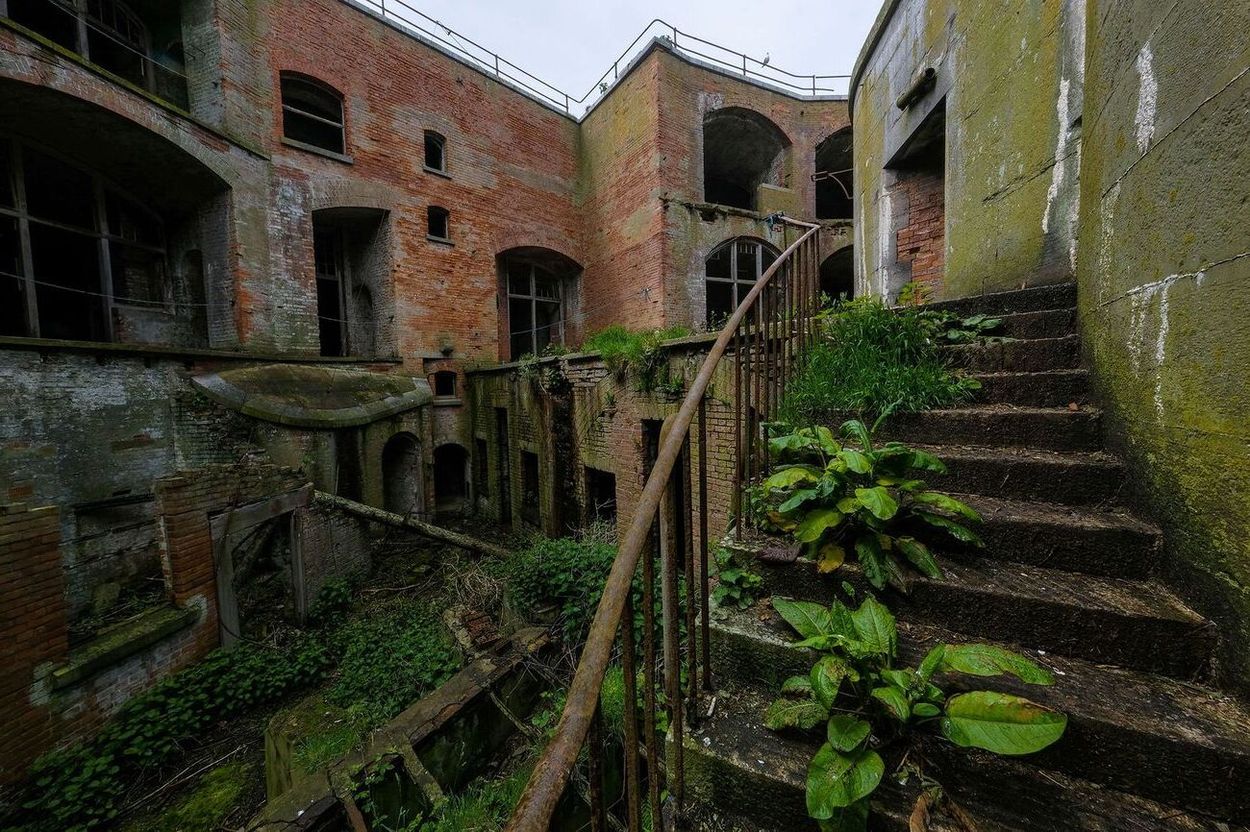
What was the Carboniferous period? The Carboniferous period was a time when Earth's landscape was vastly different from today. Spanning from about 359 to 299 million years ago, this era saw the rise of extensive forests, massive insects, and the first reptiles. Imagine towering trees, some over 100 feet tall, creating dense, swampy forests. These lush environments eventually turned into the coal deposits we use today. The air was rich in oxygen, allowing creatures to grow to enormous sizes. This period also marked significant geological changes, with continents slowly drifting together to form the supercontinent Pangaea. Curious about more? Let's dive into 13 fascinating facts about this incredible era!
The Carboniferous Period: A Snapshot
The Carboniferous Period spanned from about 359 to 299 million years ago. This era is famous for its vast swampy forests, which eventually turned into the coal deposits we mine today. Let's dive into some fascinating facts about this ancient time.
-
The Carboniferous Period is divided into two sub-periods: the Mississippian and the Pennsylvanian. The Mississippian is known for its limestone deposits, while the Pennsylvanian is famous for its coal beds.
-
During this period, Earth's atmosphere had a much higher oxygen content than today. Oxygen levels reached up to 35%, compared to the current 21%.
Flora and Fauna of the Carboniferous
The Carboniferous Period saw a remarkable diversity of plant and animal life. The lush vegetation and unique creatures of this era played a crucial role in shaping our planet's history.
-
Giant ferns, horsetails, and club mosses dominated the landscape. Some of these plants grew as tall as modern trees, creating dense forests.
-
The first true trees appeared during the Carboniferous. These early trees, like Archaeopteris, had woody trunks and extensive root systems.
-
Insects grew to enormous sizes due to the high oxygen levels. Dragonflies with wingspans of up to 2.5 feet (75 cm) soared through the air.
The Rise of Amphibians and Early Reptiles
The Carboniferous Period was a significant time for the evolution of vertebrates. Amphibians thrived in the swampy environments, and the first reptiles began to emerge.
-
Amphibians were the dominant land vertebrates. They evolved into various forms, some resembling modern-day salamanders and frogs.
-
The first reptiles appeared during the late Carboniferous. These early reptiles, like Hylonomus, laid eggs with hard shells, allowing them to live away from water.
Geological and Climatic Changes
The Carboniferous Period experienced significant geological and climatic shifts. These changes had a profound impact on the environment and the life forms that inhabited it.
-
The formation of the supercontinent Pangaea began during the Carboniferous. This massive landmass included most of Earth's continents joined together.
-
Glaciations occurred in the southern hemisphere, leading to cooler global temperatures. These ice ages influenced sea levels and the distribution of habitats.
The Legacy of the Carboniferous
The Carboniferous Period left a lasting legacy on our planet. Its influence can still be seen today in various aspects of our environment and resources.
-
The vast coal deposits formed during this period are a major energy source today. These coal beds resulted from the accumulation and burial of plant material in swampy environments.
-
Limestone deposits from the Mississippian sub-period are used in construction and industry. These rocks formed from the remains of marine organisms like corals and shellfish.
-
The high oxygen levels of the Carboniferous contributed to the development of large, complex ecosystems. This period set the stage for the evolution of more advanced life forms in subsequent eras.
-
Fossils from the Carboniferous provide valuable insights into the history of life on Earth. These fossils help scientists understand the evolution of plants, animals, and ecosystems over millions of years.
The Carboniferous Period's Legacy
The Carboniferous Period left an indelible mark on Earth's history. This era, spanning roughly 60 million years, saw the rise of vast swampy forests that eventually turned into the coal we use today. These ancient plants played a crucial role in shaping our planet's atmosphere by reducing carbon dioxide levels and increasing oxygen. The period also witnessed the emergence of amphibians and the first reptiles, setting the stage for future evolutionary milestones.
Understanding the Carboniferous helps us appreciate the intricate web of life and the geological processes that have shaped our world. It's a reminder of how interconnected everything is, from ancient forests to the fossil fuels powering modern society. So next time you flip a light switch or drive a car, think about the ancient swamps and the incredible journey of carbon through time.
Was this page helpful?
Our commitment to delivering trustworthy and engaging content is at the heart of what we do. Each fact on our site is contributed by real users like you, bringing a wealth of diverse insights and information. To ensure the highest standards of accuracy and reliability, our dedicated editors meticulously review each submission. This process guarantees that the facts we share are not only fascinating but also credible. Trust in our commitment to quality and authenticity as you explore and learn with us.


